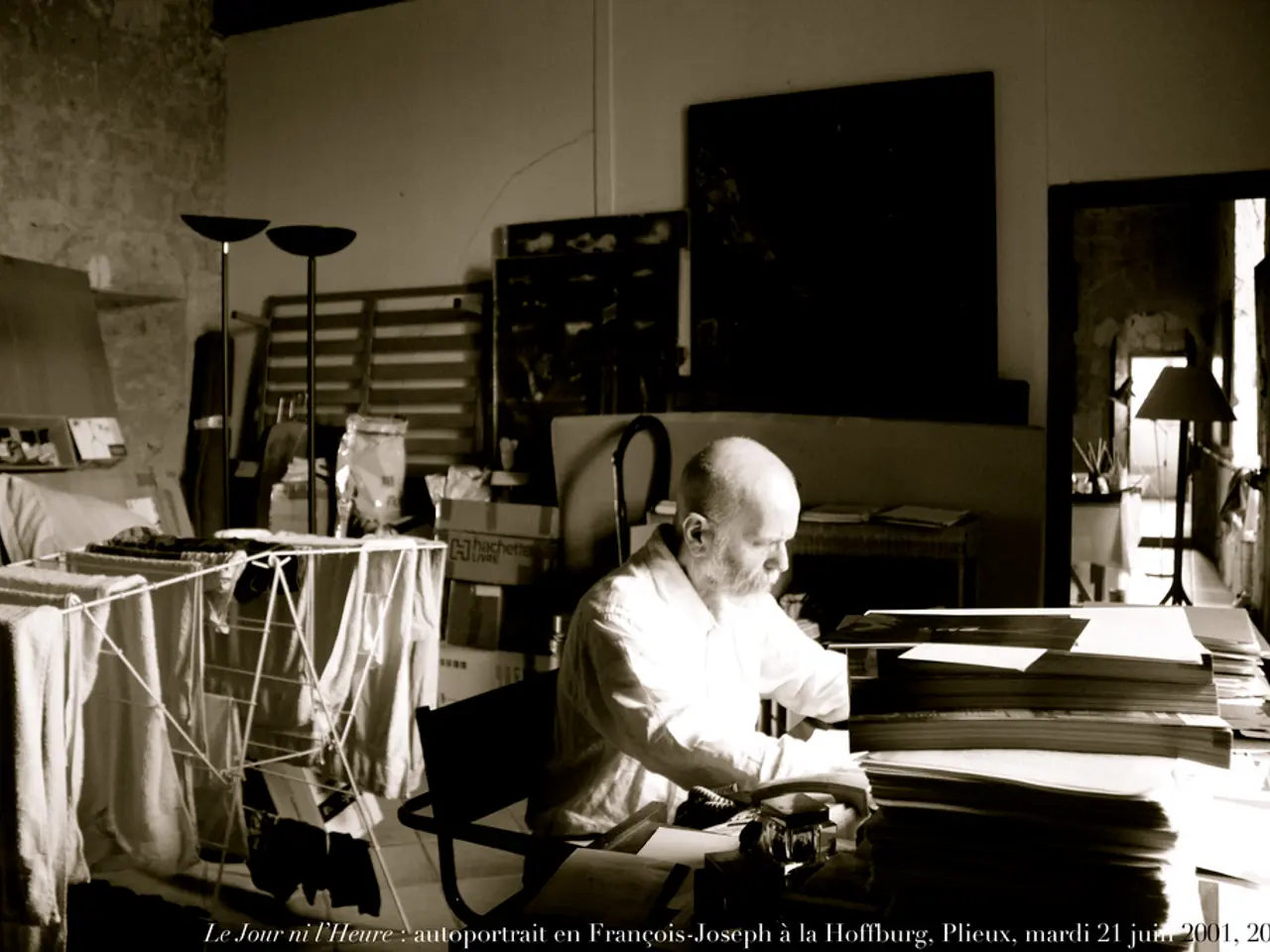Three Easy Methods for Drying Basil Grown in Your Backyard
Welcome to our guide on how to effectively dry basil at home, ensuring you can enjoy the fresh flavor of this versatile herb throughout the year. This article covers various drying methods, harvesting tips, and storage suggestions to help you preserve the best basil for your winter recipes.
Harvesting Tips
To capture the most delicious basil flavor, it's essential to harvest the leaves before the flowers develop. The ideal time to pick basil is on a warm, dry morning after dew has evaporated, avoiding exposure to the hot sun. Harvest one herb variety at a time to simplify the drying process. Gently rinse fresh basil and pat dry thoroughly before drying to prevent mold.
Drying Methods
1. Air Drying
Lay basil leaves in a single layer on a clean surface or hang small bundles upside down in a warm, dry, well-ventilated space. Air drying takes 2-4 weeks for basil, but risks darkening or mold if conditions are too humid or slow. This method is best for mild flavors and when a slow dry is acceptable.
2. Microwave Drying
Place basil leaves between paper towels on a plate. Microwave 30 seconds at a time, moving leaves around, until completely dried (1.5 to 3 minutes). This method is quick and preserves the green color, but requires careful timing to avoid burning.
3. Oven Drying
Dry basil in a low-temperature oven (around 200°F or the lowest setting). Arrange leaves on a baking sheet in one layer and bake 1-3 hours, flipping every 45 minutes. This method is faster than air drying but requires monitoring to prevent overcooking.
4. Air Fryer Drying
Spread leaves in a single layer in the air fryer basket and dry at about 270°F for 8-12 minutes, checking midway to avoid burning. This method is convenient and quick, maintaining flavor and color well.
5. Dehydrator Drying (recommended for efficient drying)
Provides controlled temperature and airflow, drying basil efficiently and evenly. This method minimizes the risk of mold or darkening compared to air drying.
Storage Suggestions
Store dried basil in airtight glass jars or containers, keeping them in a cool, dark, and dry place to maintain flavor and potency. Properly dried and stored basil lasts 6 months to 1-2 years but starts losing aroma and flavor after 6 months. Label jars with drying date and herb type for best usage tracking.
Additional Notes
- Crushing dried basil between fingers before storage releases aroma, but store whole leaves if possible to preserve flavor longer.
- Avoid drying basil in humid weather, as moisture prolongs drying and promotes spoilage.
Following these guidelines will help you harvest, dry, and store basil effectively, ensuring flavorful dried basil at home. The microwave, air fryer, or dehydrator methods are preferred for speed and quality, while air drying is simpler but slower and more prone to imperfections. Proper harvesting and drying conditions prevent mold and discoloration. Store dried leaves airtight, away from light and heat.
After harvesting your basil, consider adopting a home-and-garden lifestyle and tending to your garden for long-term drying options. For instance, air-drying your basil leaves on a clean surface or using a dehydrator would be suitable methods to preserve their flavor in a lifestyle that couples home productivity with personal enjoyment. Alternatively, if convenience is crucial, microwave drying, air fryer drying, or oven drying can help save time, while still allowing you to enjoy the taste of fresh basil throughout the year as part of your lifestyle.






